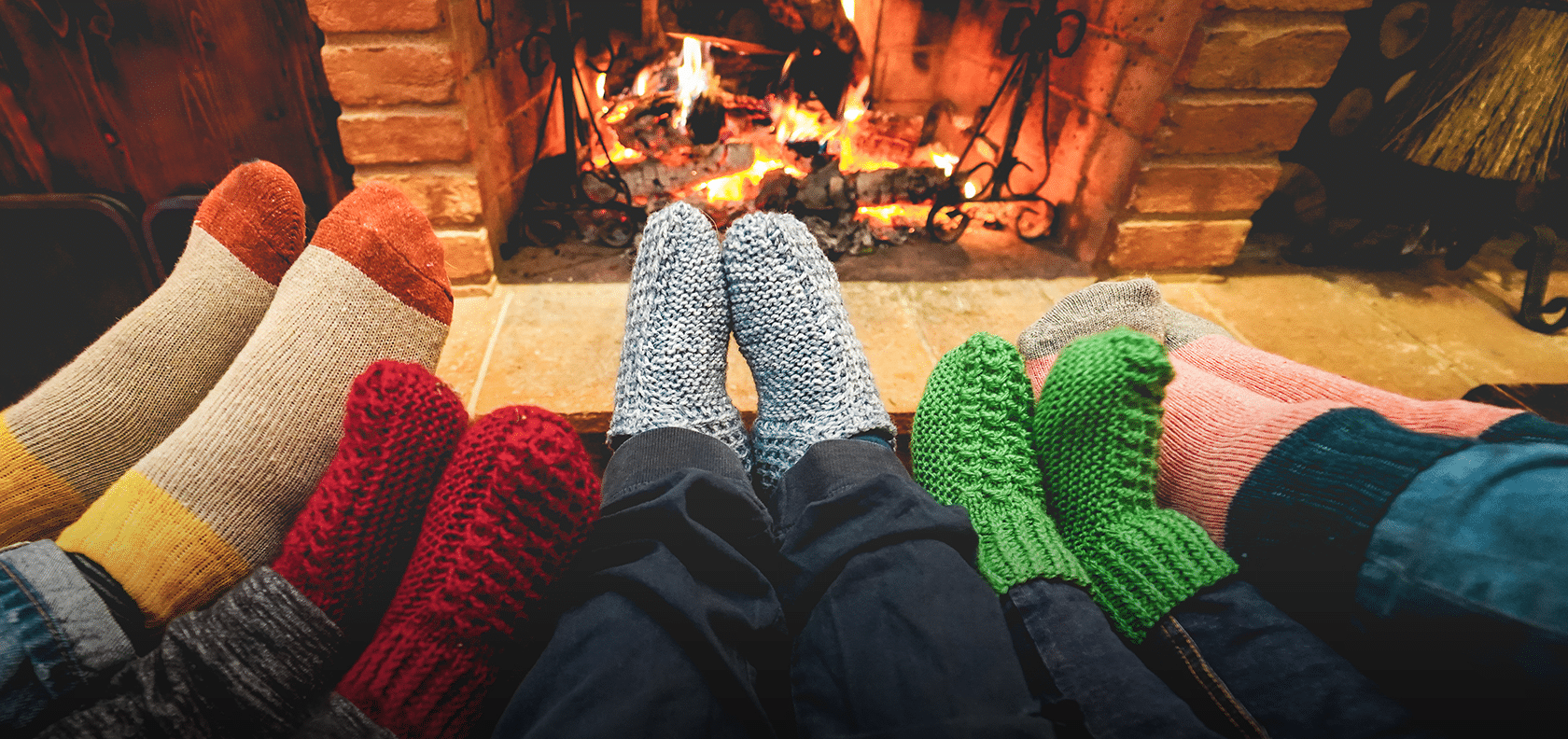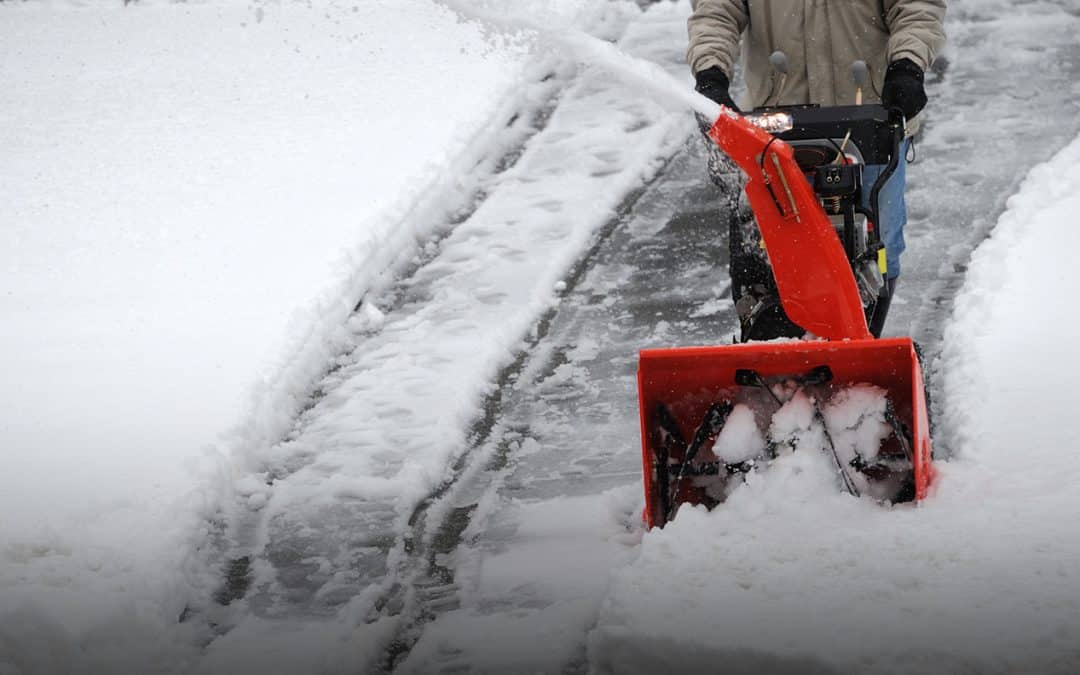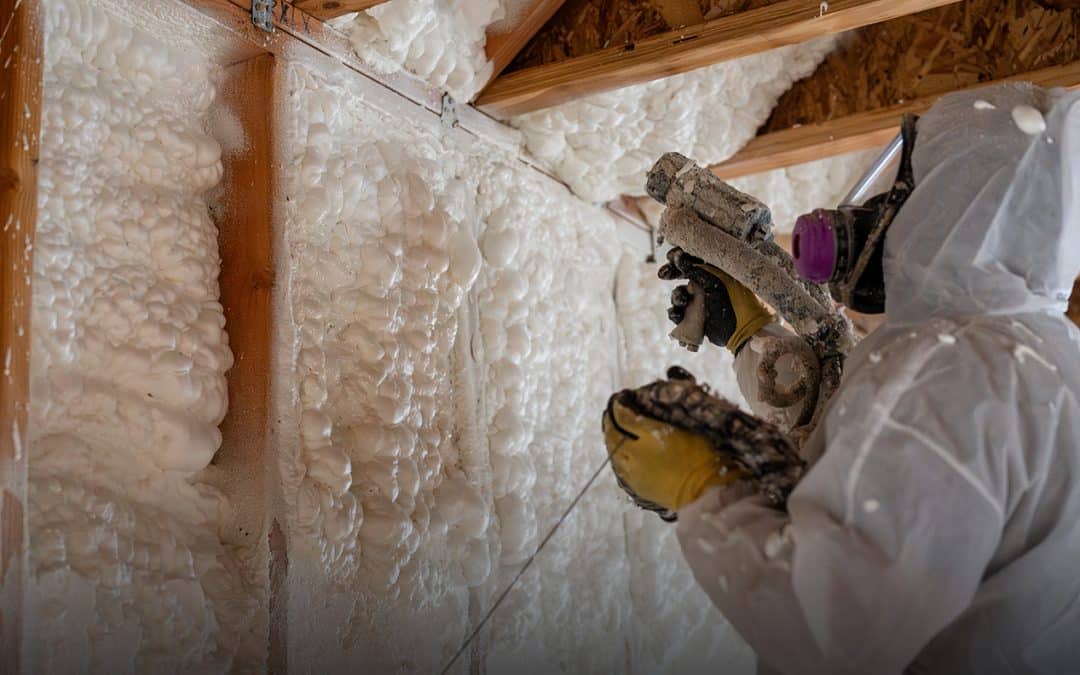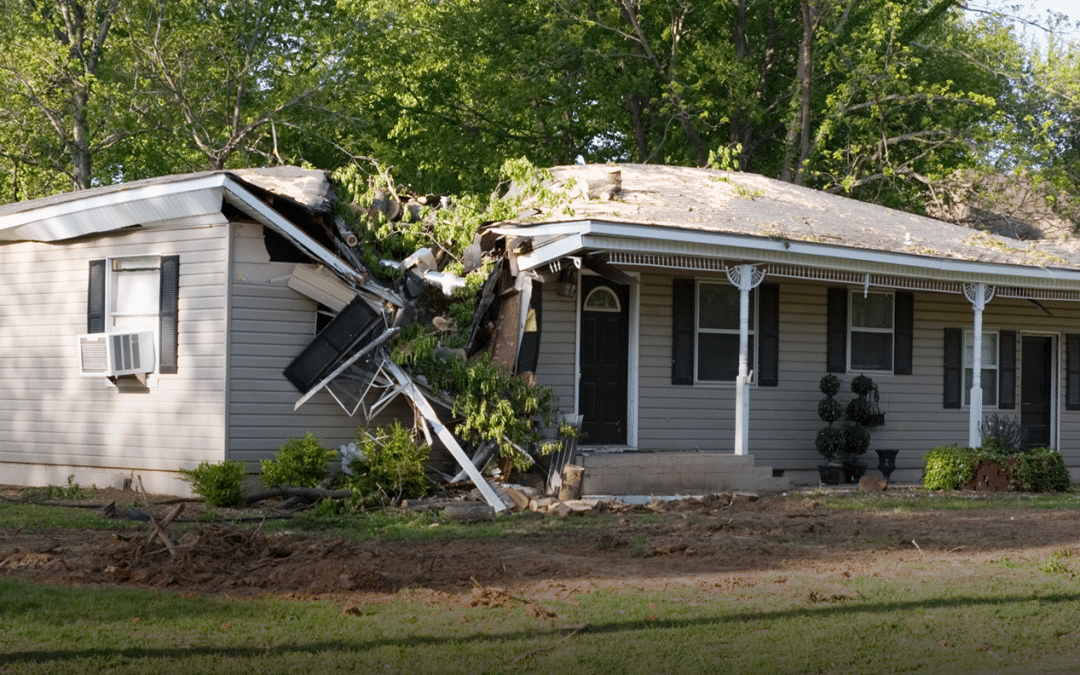As colder weather approaches, homeowners anticipate a fireplace’s cozy warmth and ambiance. However, ensuring fireplaces and chimneys are clean and safe before lighting the season’s first flame is essential.
Dangers of improper fireplace and chimney care
If not properly maintained, a fireplace and chimney can pose significant risks to your home. Burning wood produces creosote, which can accumulate in the fireplace and chimney flue over time. This highly flammable substance poses a serious fire hazard, as it can ignite and potentially lead to a dangerous chimney fire that may spread to your home.
Additionally, carbon monoxide can be a threat if fireplaces are not adequately vented or cleaned. The incomplete combustion of fuels like wood, gas, or oil produces this colorless, odorless, and tasteless gas. If the chimney is blocked or not venting properly, carbon monoxide can build up in your home and may be deadly.
Neglect can damage chimneys, as water can seep through cracks, resulting in rust and potential collapse. Regular maintenance is essential to protect your home’s roof and foundation and preventing costly repairs.
Fireplace and chimney maintenance tasks
To avoid these dangers, fire officials strongly recommend having your chimney professionally cleaned and inspected at least once a year. Additionally, you should perform the following maintenance tasks regularly:
- Ensure that the damper opens and closes properly. This will help prevent heat loss and allow proper airflow during a fire.
- Make sure the chimney cap is in good condition to keep out rain, debris, and animals.
- Look for cracks and damage in the fireplace to ensure that fires burn safely and efficiently.
- Keep flammable materials at least three feet from the fireplace to prevent accidental fires.
Tips for proper fireplace use
Using a fireplace can create a warm and inviting atmosphere in your home, but following safety guidelines is vital to ensure a safe and enjoyable experience. Here are some essential tips for proper fireplace use:
- Always burn dry wood to minimize smoke and reduce creosote buildup.
- Avoid burning toxic materials such as plastics, treated wood, or charcoal.
- Never leave a fire unattended.
- Use a screen or glass door to prevent sparks from escaping.
- Keep flammable items, like rugs and curtains, away from the fireplace.
How having a fireplace impacts home insurance
Fireplaces, particularly wood-burning ones, are considered fire hazards and can increase home insurance premiums. In contrast, gas or electric fireplaces are considered safer options due to their minimal risk, which may not affect your premium.
When you are insured with MAPFRE Insurance, your homeowner’s policy generally covers fire and smoke damage resulting from covered perils. However, any damage caused by neglect or lack of maintenance is not included. Therefore, it is crucial to regularly maintain and properly clean your fireplace and chimney.
We hope you found these tips on safely maintaining your fireplace and chimney helpful. And if you need help reviewing your property coverage with MAPFRE, contact your independent agent anytime to discuss your options. Not insured with MAPFRE? Get a fast, free online quote and see how much you could save today!



